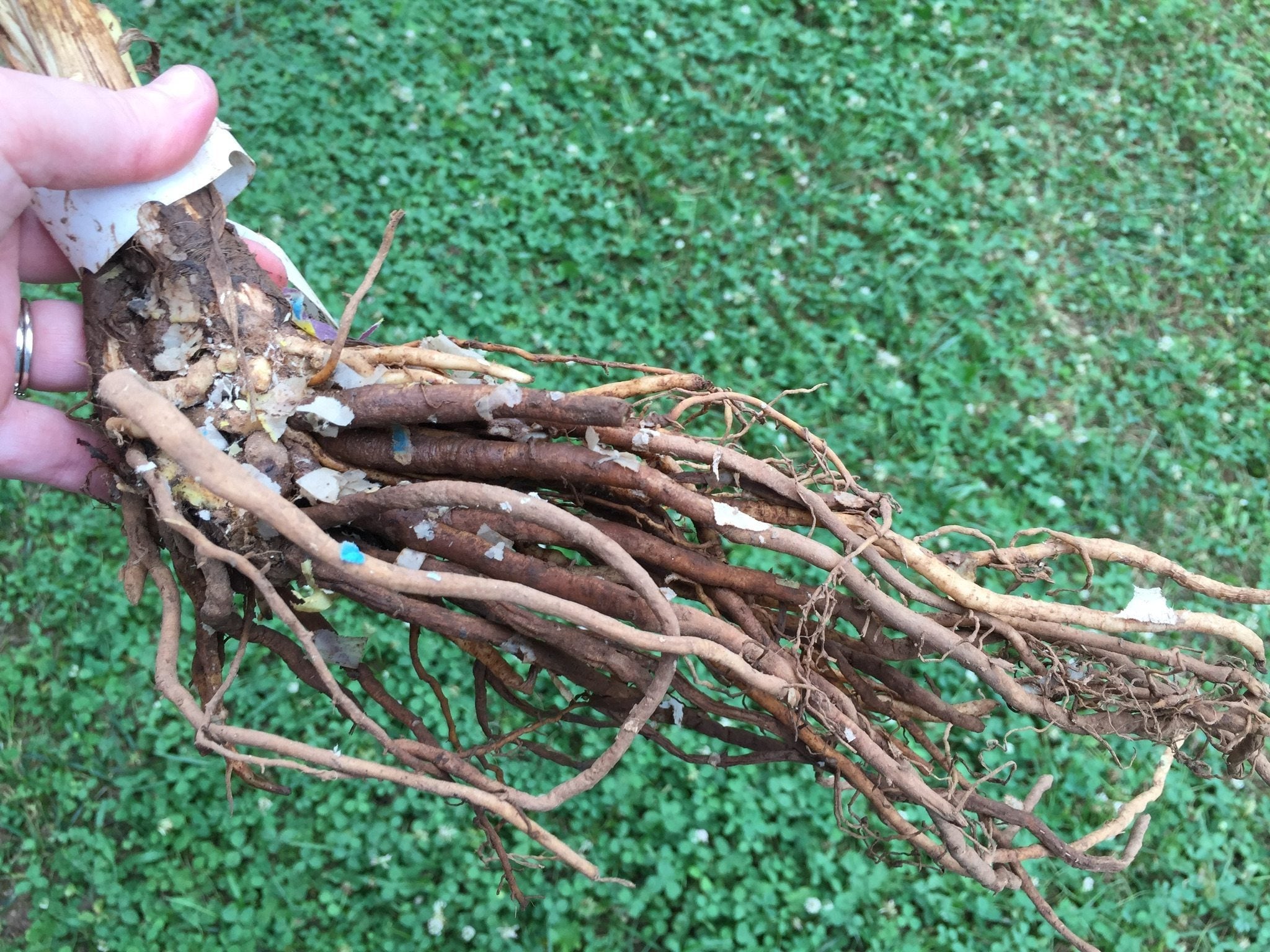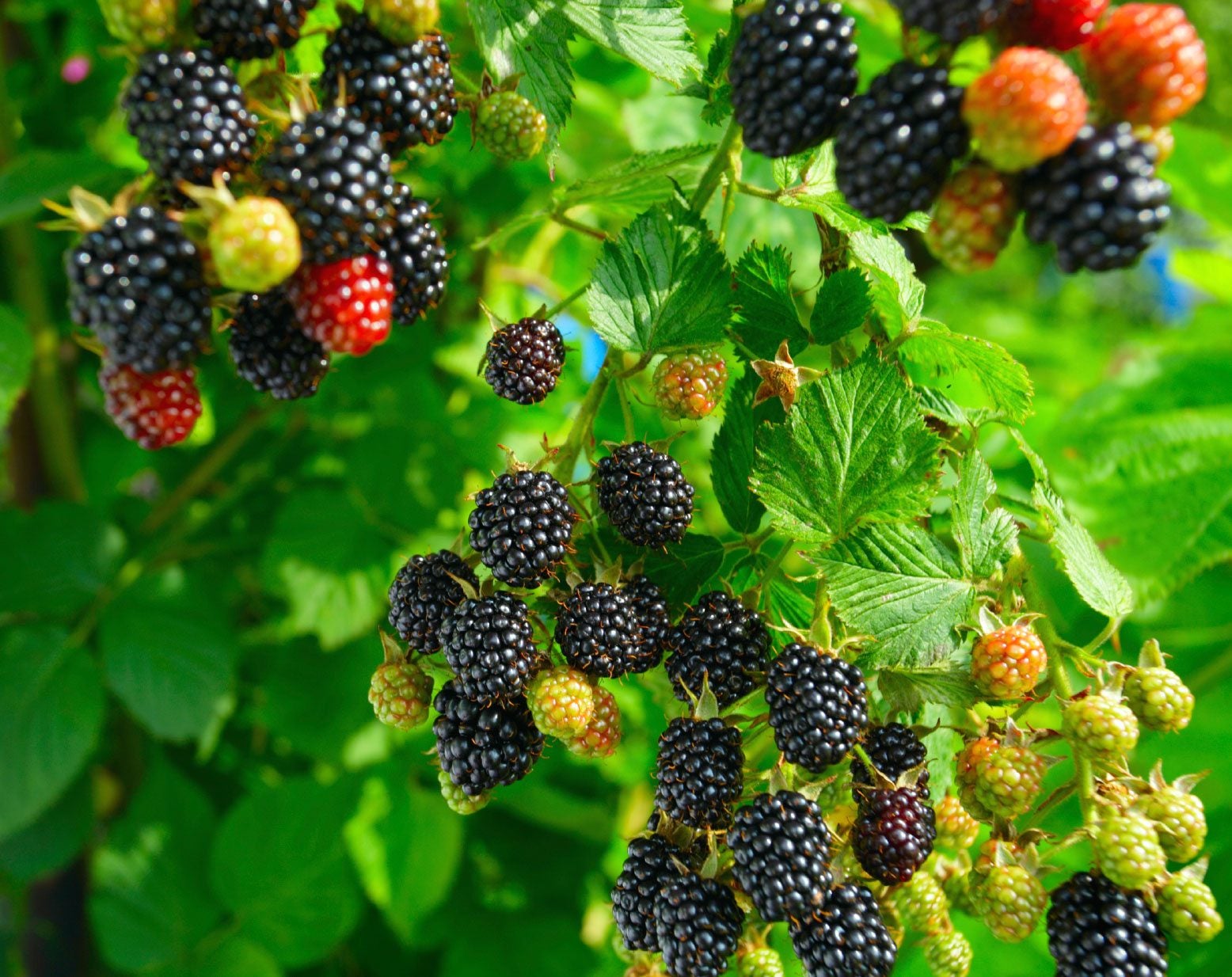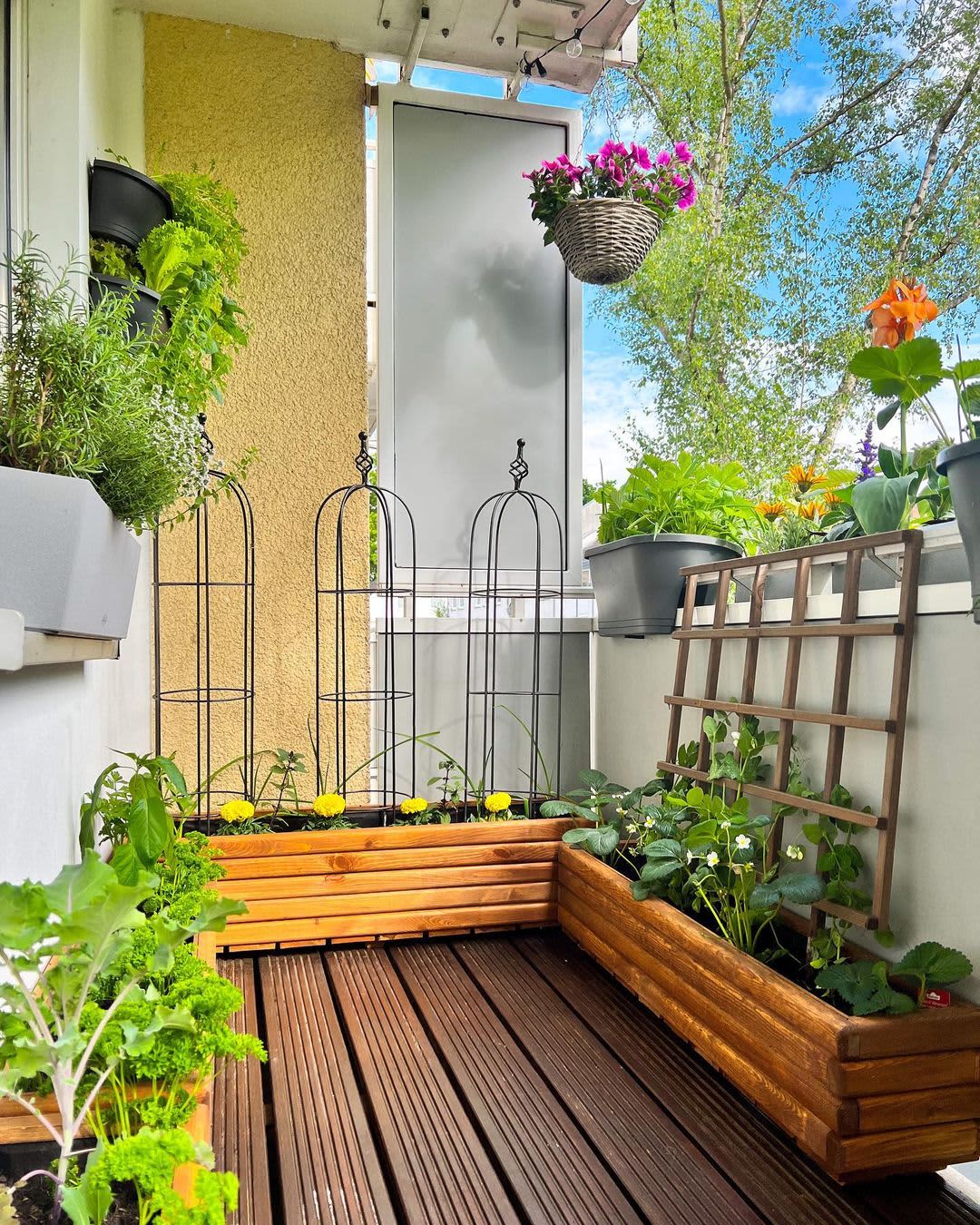The Ultimate Guide to Zone 6 Plants: Easy Choices for Your Garden
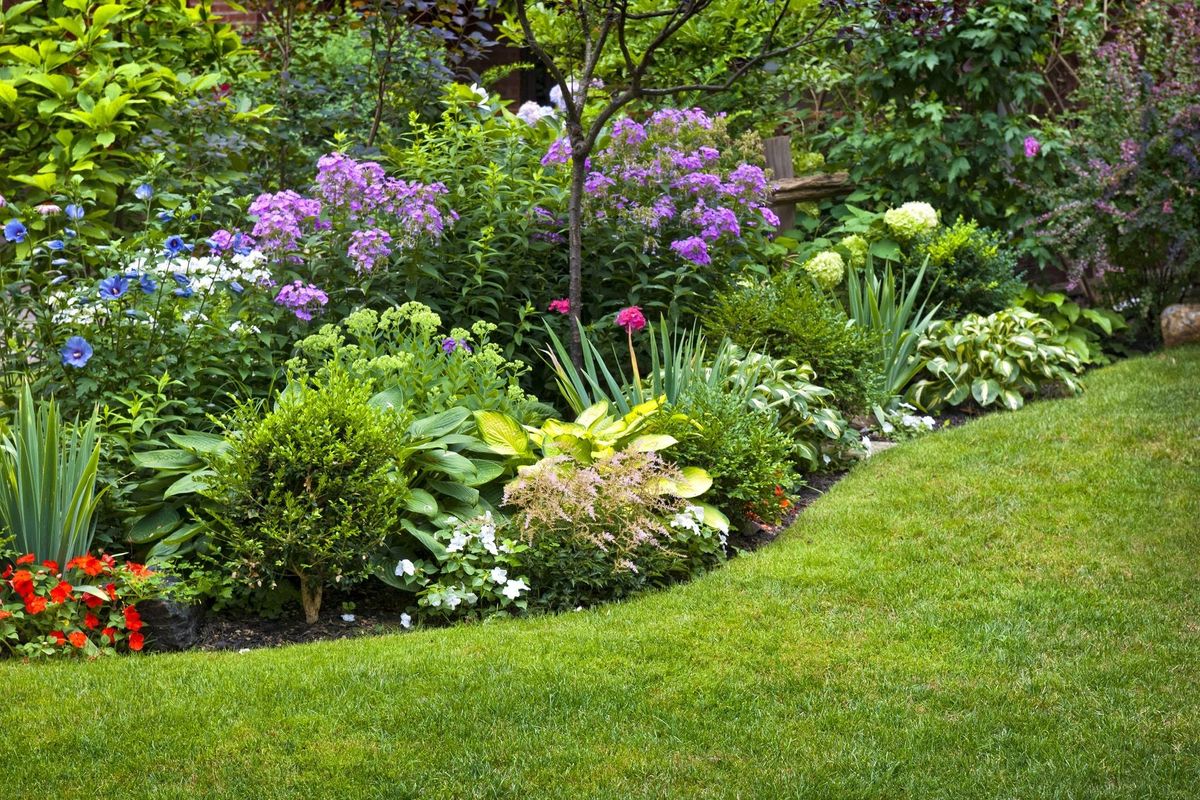
Standing on frost-tipped grass in early April, I used to envy those magazine spreads—lush borders, endless blooms—even as my own Zone 6 garden looked like a post-winter battlefield. My first attempts were riddled with missteps: drowned roots, stunted perennials, and plants that seemed to vanish into thin air by March.

But what I learned is this: gardening in Zone 6 isn’t about memorizing plant lists or following a one-size-fits-all plan. It’s about building a living system—your system—layering smart shortcuts with deep-rooted knowledge and a little bit of calculated risk.
This isn’t just another “what to plant” article. This is the cheat code compilation for mastering Zone 6, drawn from years of trial-and-error, conversations with local experts, and more than a few pitifully bare flower beds.
Let’s break down exactly how to create an unstoppable garden in the heart of America’s “in-between” zone—no guesswork required.
Mastering Zone 6 Gardening: The Complete System
Table of Contents
- Zone 6 Decoded: Beyond Hardiness Maps
- The Four Pillars of Perennial Success
- Turbocharged Plant Selection (with Shortcuts)
- Advanced Soil & Microclimate Hacking
- Timing Mastery: Schedules That Actually Work
- Pro-Level Planting Techniques (and What NOT to Do)
- Optimizing for Beauty & Food All Year
- Troubleshooting Like an Old Pro
- Master Plan Templates (for Every Type of Gardener)
- Next-Level Growth: Scaling Up & Experimenting
1. Zone 6 Decoded: Beyond Hardiness Maps
Most guides start and end with the USDA map (“-10°F to 0°F”)—but if you stop there, you’ll miss the winning edge.
Here’s what seasoned gardeners know:
Zone 6 is an average, not a guarantee. Your actual backyard can have “micro-zones” that behave differently—from frost pockets behind garages to sun-baked brick patios that mimic Zone 7 warmth.
Shortcut #1 – Map Your Microzones
- On a chilly spring morning, walk your property with two thermometers.
- Place one in the open yard; tuck the other near a south-facing wall or sheltered spot.
- Document temperature differences at sunrise and sunset over several days.
- You’ll spot warmer nooks perfect for pushing boundaries (think figs or rosemary!) and colder dips where only ironclad perennials survive.
2. The Four Pillars of Perennial Success
I wish someone told me this up front: success doesn’t come from plant selection alone—it’s a system built on four interlocking pillars:
1) Right Plant → Right Place → Right Time
2) Soil Health = Everything
3) Water Smarter, Not Harder
4) Seasonal Layering Drives Resilience
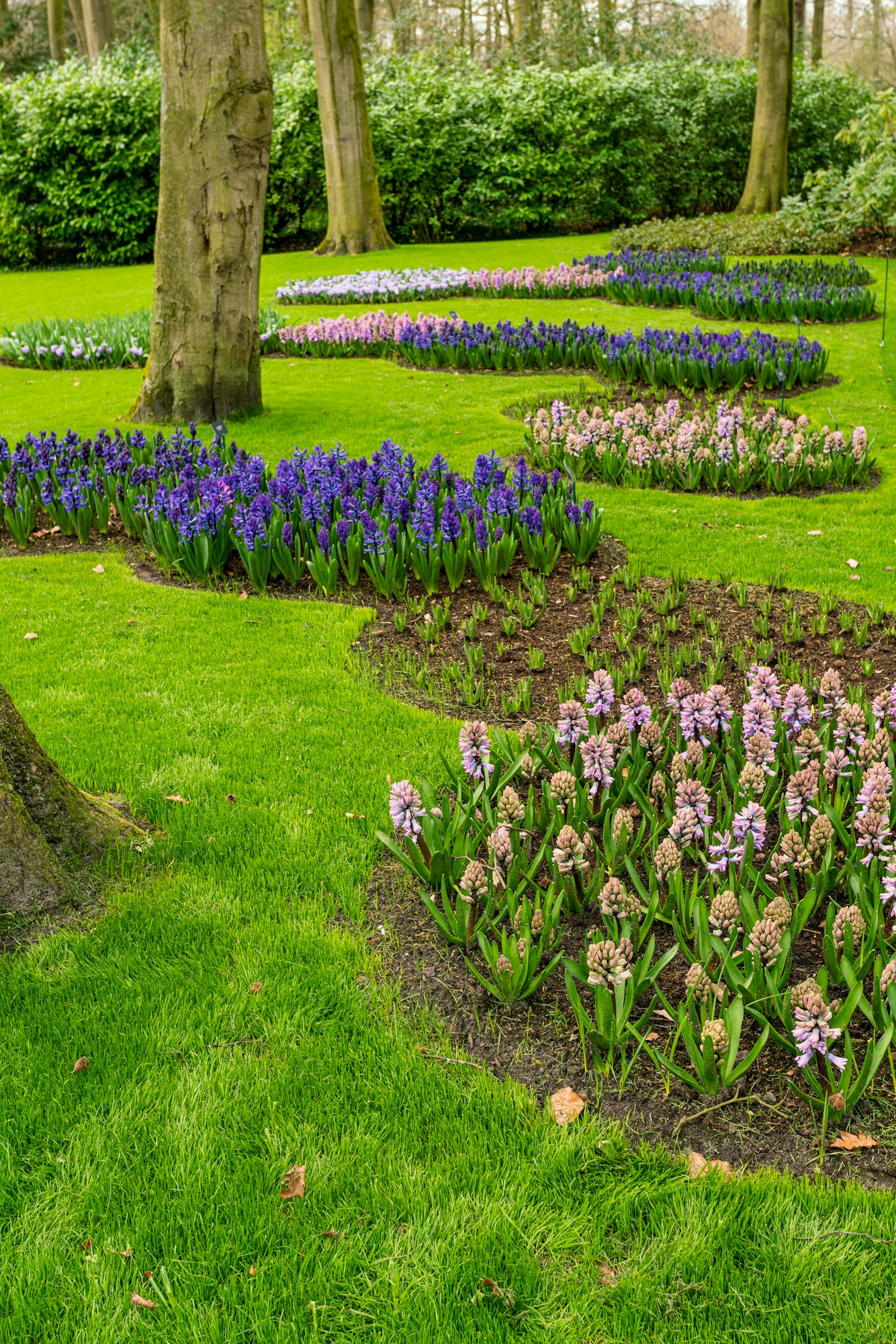
Let’s drill down:
Right Plant/Place/Time
Start with what works (see Section 3). But tweak based on your microzones—and never trust generic advice blindly.
Soil Health = Everything
Back in 2019, I splurged $150 on rare delphiniums…only to watch them wilt in my unamended clay soil while my neighbor’s $3 Black-eyed Susans thrived next door. After that? I tested every bed annually (Penn State Extension charges $9 per sample), amended heavily with leaf mold and compost each fall—and doubled my flower count within two seasons.
Water Smarter Not Harder
Ditch daily sprinkles for once-a-week deep soaks; use cheap $12 moisture meters instead of guessing—you’ll instantly cut fungal issues by half and reduce water bills.
Seasonal Layering
The pros layer bulbs + early perennials + summer showstoppers + late-season asters—all in one bed—to ensure no month is ever bare.
3. Turbocharged Plant Selection (with Shortcuts)
Forget endless lists; let’s talk systems and strategic picks.
Core Survivors:
- Perennials: Echinacea, Rudbeckia, Salvia nemorosa—these thrive even after polar vortexes.
- Woody Anchors: Aronia melanocarpa (chokeberry), Clethra alnifolia (summersweet), Viburnum trilobum—all bulletproof AND wildlife-friendly.
- Veggies/Fruit: ‘Winterbor’ kale survived -12°F under row cover last year; ‘Honeycrisp’ apples flourish here but skip peaches unless you’re ready for heartbreak.
- Natives: Monarda didyma (bee balm), Asclepias tuberosa (butterfly weed)—immune to local pests/diseases.
Power Move – “Trial Bed” Approach
Never commit an entire garden bed to new plants before testing:
- Each year dedicate one small section (“trial bed”) to new species/cultivars.
- Observe survival/growth habits through seasons.
- Only expand successful candidates—a shortcut straight from professional horticulturists!
4. Advanced Soil & Microclimate Hacking
What does mastery look like? It starts underground—and around the edges most people ignore.
Microclimate Engineering:
Last winter I wrapped bubble insulation around my raised beds’ north side; soil temps stayed ~5°F higher than surrounding ground—a difference that let me overwinter rosemary outside for the first time ever!
Other tricks:
- Use stone mulch beside heat-loving plants (stores solar warmth).
- Install temporary windbreaks with burlap screens or even snow fencing on exposed corners.
- Stack straw bales behind fig trees as insulation November–March ($22 investment saved three years’ growth).
Soil Chemistry Fast Track:
Skip slow-release chemical fertilizers entirely after year one—build fertility organically via annual leaf litter mulching (+ worm castings). Spring soil tests let you target amendments precisely:
- pH <6? Add pelletized lime ($5/bag at feed stores).
- Lacking phosphorus? Bone meal outperforms triple superphosphate here long-term ($14/5lb bag lasts years).

5. Timing Mastery: Schedules That Actually Work
If you want predictable results every year:
Key Dates Matter More Than You Think:
In Pittsburgh, our last frost averages May 7th—but some years it lingers until May 19th! My shortcut?
I track five-year averages using Weather Underground historical data (wunderground.com/history) then add one week buffer before planting tender crops outside.
Early Starts Pay Off:
Sow cold-hardy greens indoors by March; direct-sow peas under row cover March 17th regardless of snow—80% germinated even after two nights at 25°F this season!
Succession Scheduling:
Every July when lettuce bolts, yank it out and plug in bush beans—harvest fresh until October frosts hit.
6. Pro-Level Planting Techniques (and What NOT To Do)
After dozens of rookie mistakes…
Planting Depth Is Non-Negotiable:
Hostas planted even half an inch too deep will sulk all season—I mark root ball tops before backfilling now (“measure twice, plant once”).
Root Pruning Bare Roots:
Before planting roses or trees, snip off any damaged roots—a trick I picked up from an old-timer who swore it cut transplant shock dramatically (“Rough up those ends so they grow outwards!” he barked).
Water-In With Compost Tea:
A splash of compost tea at planting boosts beneficial microbes—my peonies started blooming their second year instead of third after making this switch ($15 worm casting bag + five-gallon bucket = dozens of batches).
DON’T Overmulch Crowns/Stems:
Mulching against stems invites rot—I leave palm-width gap around all perennials/shrubs now after losing half my lavender clump post-rainstorm in June ’21.

7. Optimizing for Beauty & Food All Year
The difference between an amateur patch and a jaw-dropping zone-defier is integration:
Layered Polyculture Beds:
Mix edibles among ornamentals—chives border phlox beds; blueberries backed by Ninebark shrubs (‘Diabolo’ has nearly black foliage). My south border offers salad fixings AND color April through November—with half the maintenance thanks to self-mulching plants like creeping thyme beneath taller stalks.
Continuous Color Formula:
Pair bulbs (crocus → tulip → daffodil) below hardy perennials whose foliage hides fading leaves;
add annual zinnias between gaps by late May for zero downtime blooms;
Year-Round Edibles Shortlist:
Kale (‘Lacinato’, ‘Red Russian’) survives most winters under snow;
arugula regrows after -5°F if protected by low tunnels;
herbs like sage/oregano return reliably without coddling;
and strawberries tucked under garlic foil slugs naturally all season long!
8. Troubleshooting Like an Old Pro
Every master gardener keeps a running list of fails—and fixes—in their head:
Failed First Attempt #1: Hydrangea “Why Won’t You Bloom?”
Turns out I was pruning ‘Endless Summer’ at the wrong time—it sets buds on both old/new wood but resents late fall cuts.
Now: prune lightly right after flowering ends midsummer; blooms reliably since!
Failed First Attempt #2: Disappearing Carrots?
Slugs wiped out seedlings overnight during wet springs; simple beer traps (old tuna cans buried level with soil + half-full cheap lager) reduced damage by >70% last three seasons (“Cheers,” said every local slug).
Failed First Attempt #3: Winter Death Spiral
My first rosemary hedge was gone after one polar vortex because I skipped wind protection AND forgot drainage holes in pots—that combo spells doom every time.
Now? Only plant rosemary against masonry walls + lift containers onto bricks each October = survivors every winter since ’20!
Pest Control Hack:
Never waste cash on broad-spectrum sprays—instead attract ladybugs/lacewings by letting dill/alyssum flower nearby…and learn which bugs really matter vs which are harmless visitors!

9. Master Plan Templates
Pick your focus area—you’ll find sample blueprints below:
| Garden Type | Sun Requirements | Top Plants | Special Notes |
|---|---|---|---|
| Low-Maintenance | Full-part sun | Echinacea, Sedum ‘Autumn Joy’, | Mulch heavily; deadhead midseason |
| Pollinator Paradise | Full sun | Monarda, milkweed, native asters | Skip pesticides |
| Edible Border | Morning sun | Blueberries (‘Northcountry’), kale | Interplant herbs as natural repellents |
| Shady Retreat | Dappled shade | Hosta ‘Guacamole’, Brunnera | Add spring bulbs below |
Want more detail?
Download region-specific templates from Missouri Botanical Garden Plant Finder or plug your zipcode into Garden.org for hyperlocal recommendations—the best free tools online today!
Or copy my personal perennial rotation spreadsheet template Google Sheets link customized for reliable multi-season color based on real-world outcomes—not catalog hype.
10. Next-Level Growth: Scaling Up & Experimenting
Once you’ve mastered survival mode…it’s time to play! Here are ways advanced gardeners keep things fresh:
Push Boundaries Each Season:
Try an experimental crop every year—a pawpaw tree here; perennial arugula there—with backup plans if they fail (“fail fast” gardening!).
Community Connection Accelerates Learning:
Zone-specific Facebook groups or r/gardening subreddits are goldmines—I solved a mystery tomato blight last July thanks entirely to crowd-sourced microclimate diagnostics from fellow Pittsburghers within hours rather than weeks alone.
Long-Term Investments Pay Off Big Time:
Every fall I set aside $100–$150 for trees/shrubs instead of annuals—a single serviceberry bush now yields gallons of fruit AND shelter for birds,
while locally adapted pawpaws bear steadily despite two failed attempts elsewhere on the property due to subtle shade differences discovered only through careful mapping and recordkeeping.
Final Thought — Build YOUR System
Outsmarting Zone 6 isn’t about rigid rules—it’s about reading your land like a living book,
experimenting boldly,
and stacking small wins until your garden transcends mere survival into effortless abundance—
even when winter throws its worst at you again next January.
Keep notes,
share results,
swap seeds,
and remember—
the best gardens grow seasoned gardeners along with their flowers.
Ready? Grab your fork—not just trowel—and dig into mastery.
Happy growing,
The Explainer

